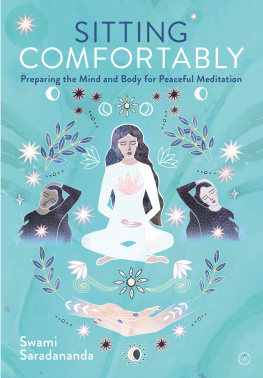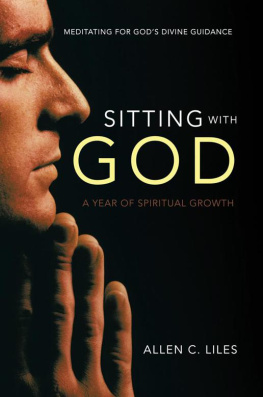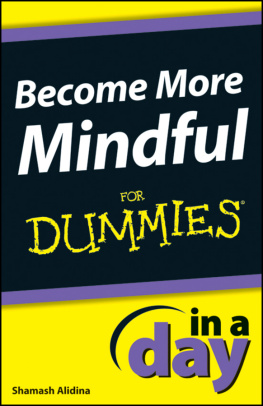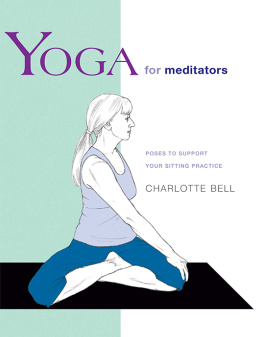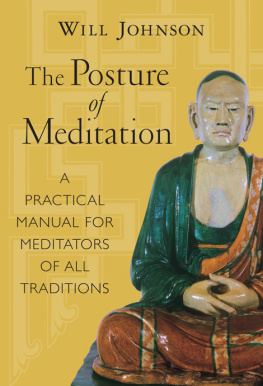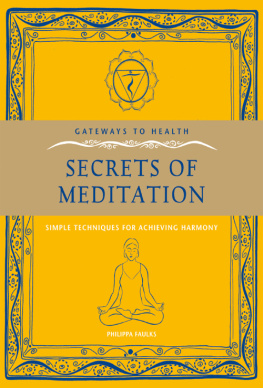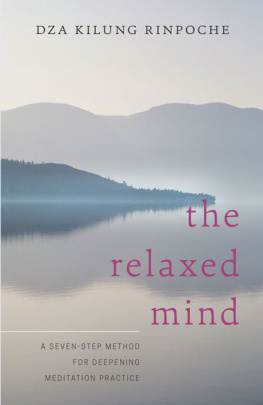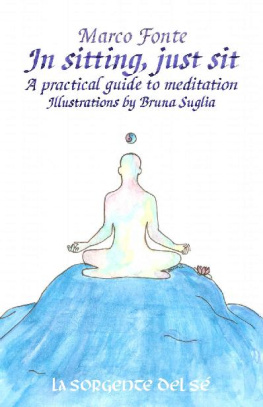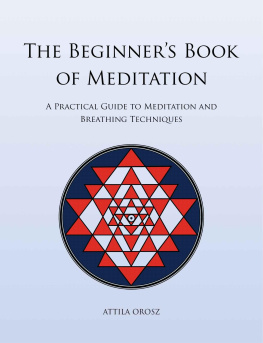

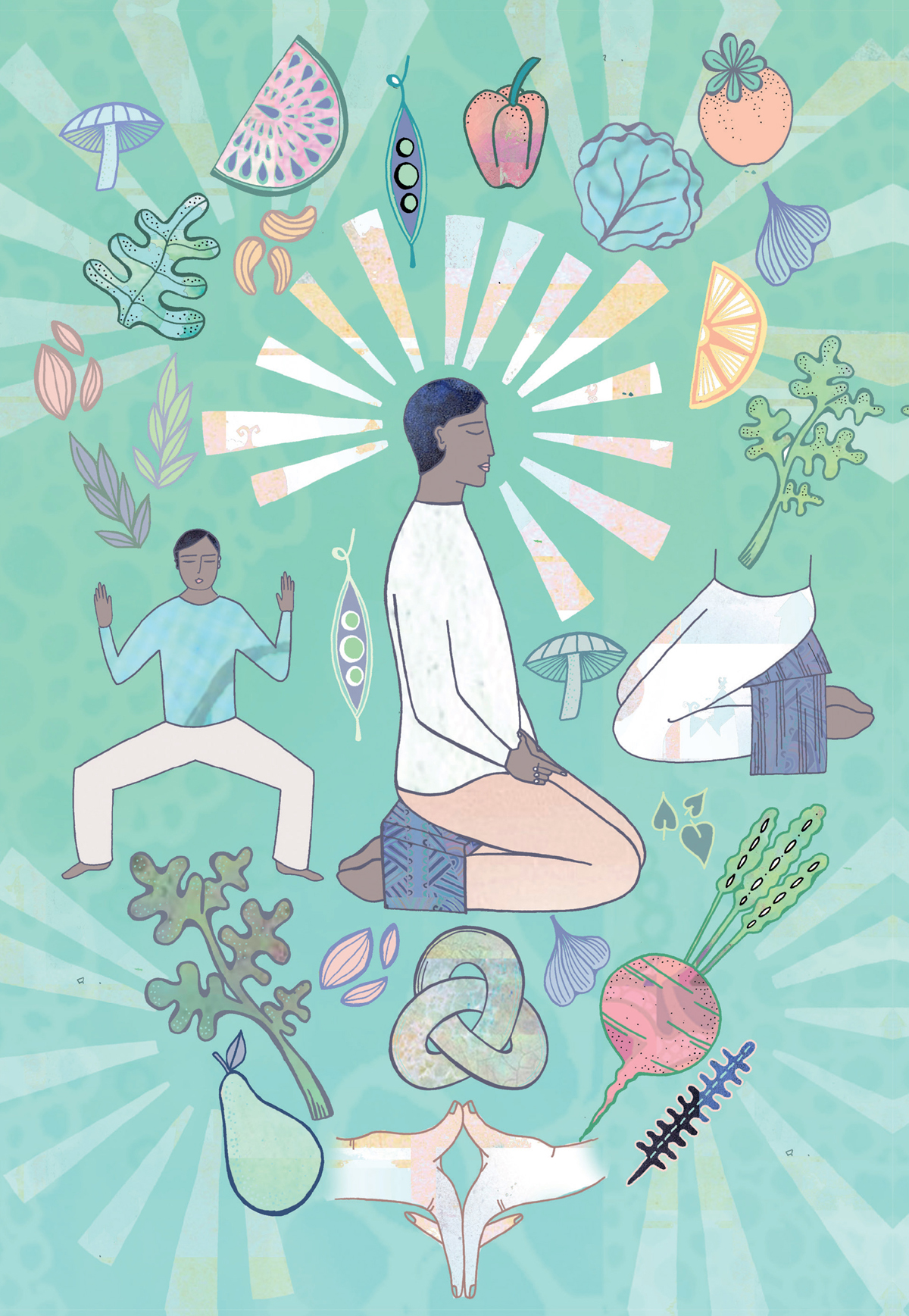

Sitting Comfortably
Swami Saradananda
First published in the UK and USA in 2021 by
Watkins, an imprint of Watkins Media Limited
Unit 11, Shepperton House, 8393 Shepperton Road
London N1 3DF
Design and typography copyright Watkins Media Limited 2021
Text copyright Swami Saradananda 2021
Artwork copyright Hannah Davies 2021
Photography copyright Watkins Media Limited 2021
The right of Swami Saradananda to be identified as the Author of this text has been asserted in accordance with the Copyright, Designs and Patents Act of 1988.
All rights reserved. No part of this book may be reproduced in any form or by any electronic or mechanical means, including information storage and retrieval systems, without permission in writing from the publisher, except by a reviewer who may quote brief passages in a review.
COMMISSIONING EDITOR: Anya Hayes
COPY-EDITOR: Kelly Thompson
HEAD OF DESIGN: Glen Wilkins
DESIGNERS: Karen Smith, Luise Roberts
PRODUCTION: Uzma Taj
COMMISSIONED PHOTOGRAPHY: Jon Ashford
COMMISSIONED ARTWORK: Hannah Davies
MODELS: Sarah Odell, and Sarina at MOT Models
A CIP record for this book is available from the British Library
ISBN: 978-1-78678-484-1 (paperback)
ISBN: 978-1-78678-485-8 (ebook)
10 9 8 7 6 5 4 3 2 1
Typeset in Agenda
Printed in China
Publishers note: The information in this book is not intended as a substitute for professional medical advice and treatment. If you are pregnant or are suffering from any medical conditions or health problems, it is recommended that you consult a medical professional before following any of the advice or practice suggested in this book. Watkins Media Limited, or any other persons who have been involved in working on this publication, cannot accept responsibility for any injuries or damage incurred as a result of following the information, exercises or therapeutic techniques contained in this book.
If you are taking medication, please do not stop taking it and consult your healthcare professional if you plan to stop or alter your medication.
www.watkinspublishing.com

CONTENTS

Dedicated to my teacher Swami Vishnu-devananda, who showed me how to find great peace
There is no knowledge of the Self to the person whose mind is always jumping; and to the person with an unsteady mind, no meditation is possible. Without meditation, there can be no peace. And if a person has no peace, how can there be happiness?
Bhagavad Git, 2.66

Dear friends and readers
In recent years, meditation has become an accepted, mainstream tactic to help people cope with such modern afflictions as stress, anxiety and depression. Meditation can be a highly effective means to rediscover a sense of stillness and inner calm, and subsequently to find more joy in life.
I have taught yoga and meditation for more than 40 years. Most of the time I have lived in ashrams and retreat centres around the world; I now enjoy the peace of living alone in a flat in London. When teaching and leading groups, I often watch people try to meditate and note the problems they are having or listen with interest to the difficulties and complications that they mention to me afterwards. Ive realized that, no matter how much people want to meditate, they are often deterred from practising because it is uncomfortable for them.
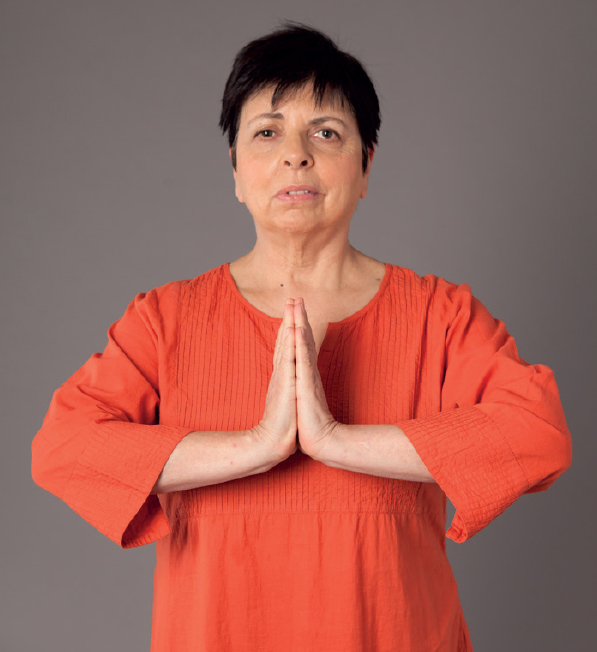
Hence I decided to write this book as a prequel to a meditation practice. In it, I present you with a wide range information and techniques that you can use to prepare both your mind and body for sitting peacefully in meditation.
Most of it is the result of my own observations; much comes from a course for yoga teachers that Ive been teaching since 2004 entitled Teach Meditation. The course is taught from a yoga point of view, but my hope is that the observations, insights and practices in this book can prove helpful to prospective adherents of any path of meditation, contemplation or mindfulness.
As well as being designed for those of you who are keen to start meditation for the first time by helping you move beyond the initial obstacles and discomforts, I hope this book will also be helpful if you who already have a meditation practice but find yourself confronted with physical and mental impediments to advancement. While sitting for meditation may sometimes be physically uncomfortable, it should never be excessively painful or expose you to any physical injury or mental distress.
The most commonly cited deterrents to meditation are: no time, lack of self-discipline, a tendency to fall asleep, too many distractions in life, and the experience of sitting simply being too painful. I aim to help you address all of these and more in this book. Please note that this book does not actually teach any meditation philosophy or advance any meditation techniques; you can obtain this information from many other sources and teachers. This is simply a book to help you to ready yourself for meditation. Of course, people can, and do, practise meditation without adhering to suggestions like the ones in this book. However, I have attempted to present information and techniques that I hope can be of inspiration and aid to you as a person with a busy 21st-century lifestyle.
As a yoga practitioner since before it was fashionable, my first meditation experience was the result of a friend telling me about an ashram in Quebec where I could practise yoga intensively. When I arrived there, the temperature was sub-zero and I was the only guest. In addition to the sana (yoga poses) classes, I found that I would be required to take part in two meditation sessions daily.
Although I had no idea what meditation was, I showed up at the prescribed time and waited for the class to begin. The other participants, who all worked at the ashram, sat there cross-legged with shawls over their heads and eyes closed. After half an hour, they got up and left without a word.
Like many people, my original impression of meditation was that it was just sitting around doing nothing. Ive since found this to be far from the truth. It would be more accurate to say that meditation is a state of mind in which you are fully focused on the experience of being in the eternal now.
As the nature of the mind tends to be restless, achieving a peaceful state can seem elusive to beginners. According to yoga philosophy, the average person has approximately 1,000 thoughts every second with each thought not only generating new mental waves, but also producing a response in your body. Recent research has been showing that multi-tasking is an illusion the mind can really only focus on one thing at a time.
Next page
